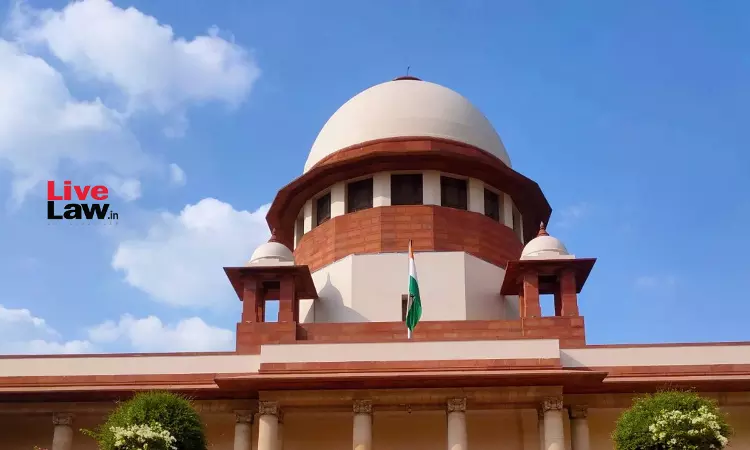The Supreme Court recently held that for Section 149 of the Indian Penal Code, it is not necessary to demonstrate that a person committed an illegal overt act or was guilty of an illegal omission to be held a member of an unlawful assembly. The punishment prescribed by Section 149 is, in a sense, vicarious, and does not mandate that every member of the unlawful assembly has personally...

